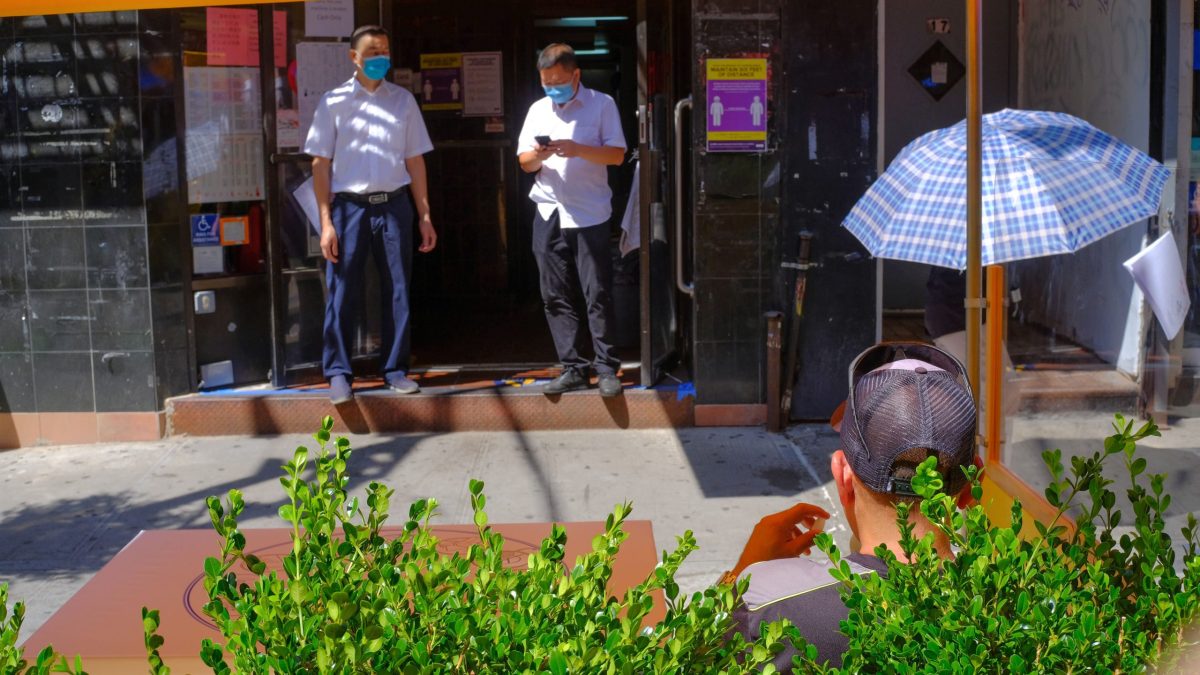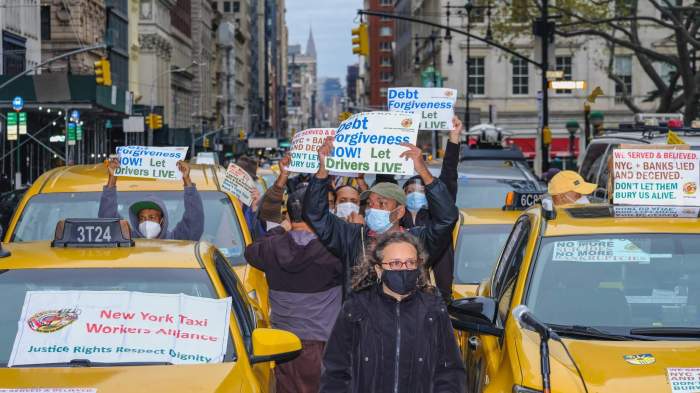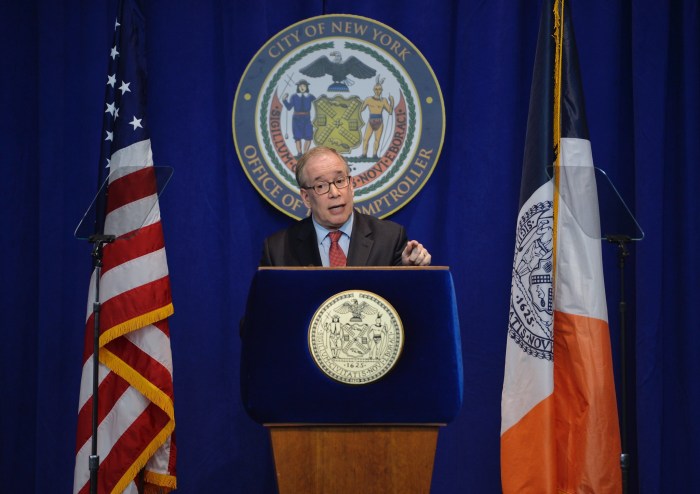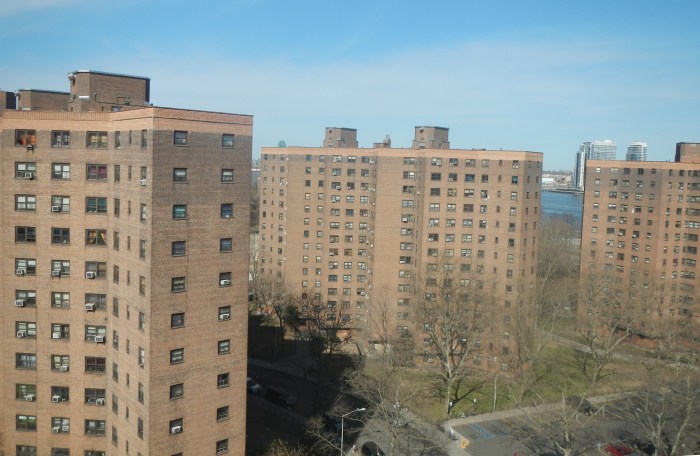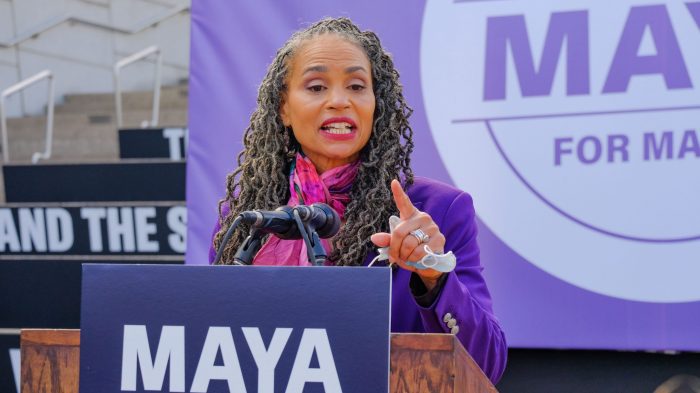Comptroller Scott Stringer said New York City should be claiming their fair share of the Paycheck Protection Program this time around after barriers to businesses in the five boroughs meant only 12% benefitted from the grants.
In the center of Chinatown at Baxter and Canal Streets on Wednesday, Stringer pushed for businesses to take advantage of the next round of the program with $284 billion available while businesses owners said the program was either too difficult to qualify for with too many barriers, and one claiming she needed to hire an adviser to access the grant.
“But right here in New York City, the COVID capital of the world, only 12% of 1.1 million eligible businesses, got PPP,” Stringer said. “Meanwhile, 24% of businesses in Nebraska got PPP, 24%. And when you look at who got PPP borough by borough, we saw even more disparity. When I ran the numbers we found that more than 60,000 businesses got loans, versus less than 10,000 in the Bronx. Businesses say the applications were complicated and restricted them, or they simply didn’t know about the program. This is unacceptable.”
Stringer proposed a door-knocking campaign to raise awareness to the program and mobilize Business Improvement Districts and other organizations to build help mom and pop shops with the complicated applications often offered through major banks.
“So like many other event agencies, once COVID hit everything that I had on my calendar, all of my business totally was canceled, or postponed for 2021,” Yvonne McNair, CEO of Captivate Marketing Group, said. “In that time I did apply for the PPP loan and was denied. I applied on several different platforms and just wasn’t able to get any answers so I never got the PPP loan. I ended up having to lay off a lot of my staff and the staff that I was about to hire because my business was growing, I was now unable to do so.”
Andrew Rigie, executive director of the New York City hospitality Alliance, said a creative outreach effort would be one way to save minority and women-owned businesses in the city’s service industry that has was first to take a hit in the COVID-19 pandemic, which as a major chunk of the economy will ensure a healthy rebound.
“New York City’s eating and drinking establishments employed about 325,000 New Yorkers after we got shut down. In April, it plummeted to about 90,000. Thanks to outdoor dining, limited indoor dining which has since been shut down. We hired back 100,000 people or so, but we’re still more than 100,000 jobs out and 1000s of restaurants and other small businesses have either closed, or teetering on the edge of survival. So now, with this new round of paycheck protection funding, we need to make sure that this money gets into the hands of the small business owners, so many of whom we know were left out in the first round.
According to Stringer’s office, several key findings in their investigations were outlined as follows:
• More sparsely populated and less economically impacted North Dakota, South Dakota, Nebraska, and Iowa, had more than 20 percent of businesses receiving a PPP loan.
• Of the 120,863 loans distributed to New York City employers as of June 30:
• The Bronx fared the worst: just 40 percent of employee-based businesses received PPP loans.
• 53 percent in Brooklyn, 52 percent in Manhattan, 50 percent in Staten Island, and 48 percent in Queens were loan recipients.
• Non-profits were largely left out of the PPP program, especially in the Bronx:
• Only 21 percent of non-profits received PPP loans in the Bronx, 30 percent in Staten Island, 33 percent in Queens, 34 percent in Brooklyn, and 36 percent in Manhattan.



